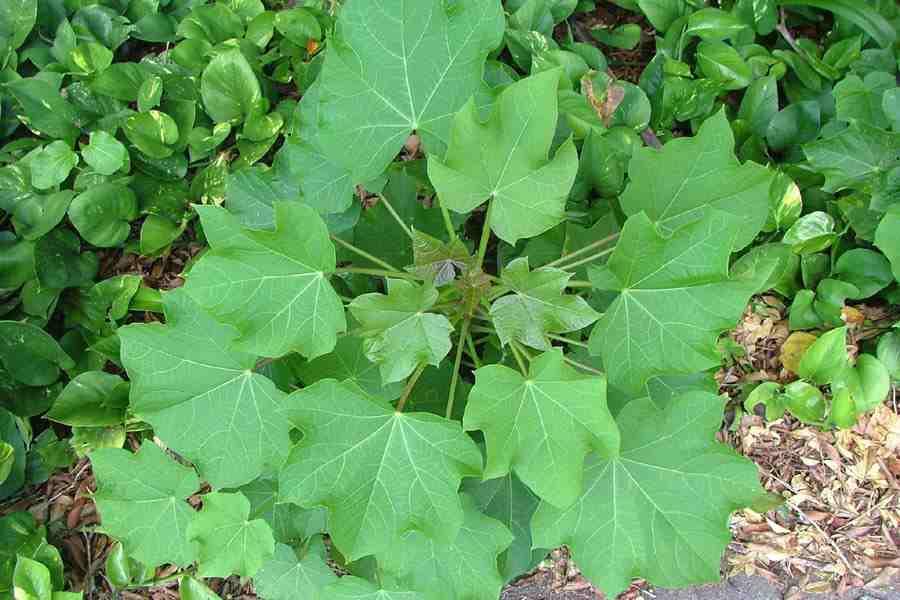
Mission Agroenergy Ltd
Add a review FollowOverview
-
Founded Date dezembro 29, 2009
-
Sectors Motorista
-
Posted Jobs 0
-
Viewed 51
Company Description
Pests Of Jatropha
Jatropha Curcas is gaining value commercially as the need of nonrenewable fuel sources increases greatly and also Jatropha is an environmentally friendly energy plantation. Plantation of this plant is thought about to be an exceptional fuel alternative and it is likewise really cost-effective compared to other fuels. Recently, Jatropha is facing some problem with pests and diseases. The bugs are categorized into two ranges: Pest that impact young plants and Pest that impact matured plants.
Young plant bugs: Cutworm, Scarabeid Beetle, Army worm, Grasshopper.

Agrotis ipsilon: It is commonly referred to as Cut worm. This pest impacts the seedlings and young Jatropha plants. If the plant is impacted by the cutworm, the stem gets cut nearer to the soil surface area and this will shrunk the plant totally.
Control: This bug can be controlled by picking the larva found around the plants or by blending the bran, sawdust with insecticides.
Scarabaeid Beetle: This bug ruins the root of the young plant. Initially, the larva consumes the raw materials present in the soil and then comes to the root. The larva attack may eliminate the entire plant.
Control: The plant with good resistance power can overcome the insect. For heavy attack, insecticides with elements carbosulfan and carbofuran can be utilized to eliminate the insect.
Army worm: Spodoptera litura existence can be recognized by biting in the leaves. The serious infection could completely eliminate the plants.
Control: Insecticides are utilized to control the insects.
Grasshopper: This prevails bug discovered in several plants. Valanga nigricornis and Locusta migratoria extensively assaults the plant. The insect typically assaults the young plant.
Control: The insecticides utilized betacyfluthrin, cypermethrin, thiodicarb, MIPC, and fipronil.
Pest observed in mature plants:
Pest of Stem: Ostrinia furnacalis, Xyleborus spp.

Ostrinia furnacalis and Xyleborus: This insect harms the Jatropha stem and it is extensively seen in Indonesia. The stem assaulted by this insect normally fall down. The presence can be identified by the larva penetration hole at the stem.
Control: The Insecticide normally used to control this insect is carbofuran.
Pest of leaf: The typical bugs observed are leaf caterpillar, Neetle caterpillar, Leaf hopper, Mite, Ear corn caterpillar.
Leaf Caterpillar: This pest can consume all the leaves of the plant in short period. The quality and yield of the seeds get decreased due to the heavy attack.
Control: This can be managed by selecting the old larvae around the surface area and discarding the assaulted leaves.
Needle Caterpillar: This caterpillar is covered with spines and produces a burning experience when permitted to exposure to skin as it produces specific chemical substance. Initially the insect crowded in the leaf and then spread all over the plant when it grows older.
Control: Manually, the pest can be killed only by soaking it in water or kerosene. The heavy attack can be by spraying organophosphate insecticides.
Leaf Hopper: This pest is discovered mostly in tropical and subtropical areas. The pest targets the leaf and draws all the nutrients of the leaf and gets curls at the suggestion. Later, the entire leaf dry and pass away.
Control: The heavy attack can be controlled by utilizing insecticides like imidachloprid, beta cyfluthrin or carbosulfan.
Mite: Mite likewise attacks the leaf and makes the entire plant weak. The insect existence can be recognized when the leaf ended up being yellow-colored, diminishes, reddens and fall down. The insect can likewise be spread through fallen leaves.
Control: Some preventive procedures can be simulated correct sanitation and burning the fallen leaves. Heavy attack can be treated by spraying insecticides.

Some awful pest which attacks flower and fruit are, Stink bug (Nezara viridula)
Chrysocoris javanus, Tip borer caterpillar.
Stink Bug: Sting bug is a serious pest which attacks the plant throughout bloom duration so the crop yield entirely drops. This insect is seen around the tropical area.
The poisonous enzyme in the plant diminishes the entire plant.
Control: Insecticides recommended for this pest is chlorfluazuron, diflubenzuron, alfamethrin, and lamda cyhalothrin.
Tip borer caterpillar: The insects typically occurs attacks the plant in blooming season and this pest is seen commonly in tropical regions. The female bug laid the eggs on the tender part of the plant and the young larvae feed the young fruits and plant suggestions.
Control: Manually, the attacked seeds are recommended to burn. The insecticides like monocrotophos and bensultap are sprayed at the flowering season.
